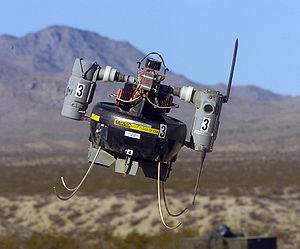A robot and a drone have failed to complete their respective missions to inspect and measure contamination levels in Japan’s hard-hit Fukushima nuclear plant which was damaged by a devastating tsunami in March.

Three months later, Tokyo Electric Power Co. is still trying to cool down three molten reactor cores and end the radiation leaks.
The job is expected to take several more months, and is made even more complex by massive amounts of radioactive water that could soon leak into the sea.
The first robot – developed by Chiba Institute of Technology for nuclear and biological disaster relief activity – was sent deep into the Unit 2 reactor building to set-up a measuring gauge for testing contaminated water in the basement of the building.
The job, clearly too dangerous for a human being, was obviously too complex for the robot, who got stuck in a staircase landing. A TEPCO spokesperson said the cable that was supposed to drop the gauge also malfunctioned.
The second, a T-Hawk drone helicopter made by Honeywell, malfunctioned on a radiation sampling flight when its engine malfunctioned – forcing it to make an emergency landing on the roof of Unit 2. It’s currently unknown what caused the malfunction.
TEPCO and the Japanese government say they hope to achieve a “cold” shutdown of the reactors by January as core temperatures drop below 212 Fahrenheit.
Workers slowly cooling the temperature of the reactors by pumping fresh water into the plant. So far, over 110,000 tons of water now contaminated by radiation has been accumulated within the plant, which could overflow by early July unless the water treatment system is restored.
Director of the government’s nuclear crisis task force, Goshi Hosono, says getting the water treatment system is key to containing the problem and ultimately cooling the plant down.
(Via AP)






